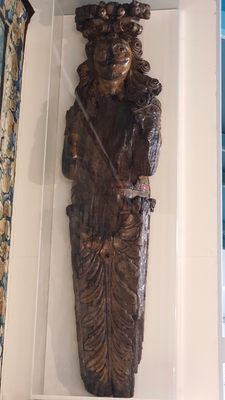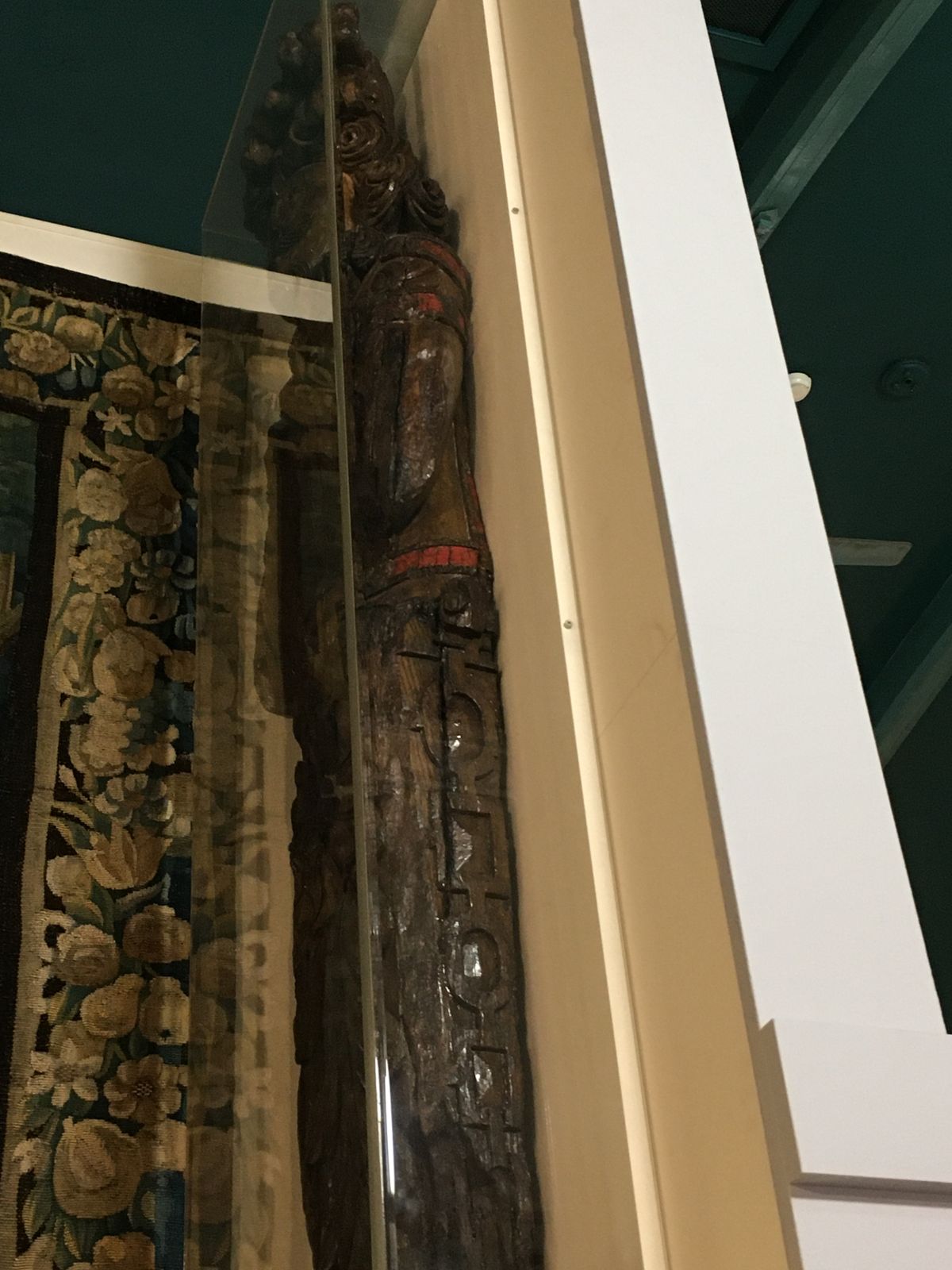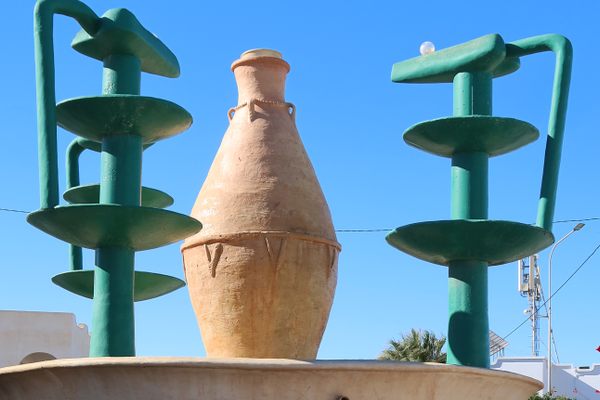About
In 1893, American folklorist Charles Godfrey Leland wrote about an obscure carved figure hanging from an Essex village inn for centuries. He exclaimed that the figure was that of Harkiles (Hercules), a "heathen god" that was worshipped in an old Catholic convent in the village.
The "Old Harkilees," as the wooden figure came to be known, watched passersby from above the door of the Six Bells Inn for centuries. The sculpture is complete with long curling hair framed around a mustachioed face. The structure is finely detailed and depicts a man whose identity has long been a mystery.
Local historians now believe, however, that it's actually an effigy of King Charles I, the ill-fated 17th-century monarch. This is supported by the regally crossed arms of the figure that are believed to have originally held a carved orb and scepter.
If this is so, the uncertainty surrounding Harkilees’s true identity most likely stems from damage done by parliamentarians during the English Civil War, which was worsened by extensive weather damage and shoddy repair attempts. Since the sculpture was carved from a single piece of oak, deteriorated limbs and features were difficult to remove for repair. For centuries plaster was used as a poor replacement for damaged sections.
It wasn't until the 1980s, when the effigy was removed from the inn for preservation, did the full details of the original carving became apparent. The task of restoring Harkilees was arduous, but it ultimately revealed clues to the figure's original splendor.
Around 23 coats of paint were removed to display the original details of the effigy for the first time in ages. The carvings crown was composed of fruits, vines, and scrolls, furthering the belief of sculpture's royal identity. Traces of original green paint and gilding were also found in the garland crown, as well as pink paint used for skin color. Of all the original colors, the best-preserved is the red details on the effigy's belt, which remains visible after many centuries.
Local legend says that when village church bells struck the chimes of midnight, the effigy would descend from his pub perch and journey to the River Blackwater for a drink.
The wooden sculpture is now in the Braintree Museum, protected from further deterioration for all to view. Though the figure has been removed and its folklore has largely been forgotten, not far away from its former home is a street that honors its legacy, Harkilees Way.
Related Tags
Know Before You Go
Old Harkilees is now on permanent display at Braintree District Museum. If you wish to visit its original location, the old site of the Six Bells Inn, it's a 15-minute walk away, opposite the Tudor house at, 116 Bradford St, Braintree.
Published
February 13, 2020




























